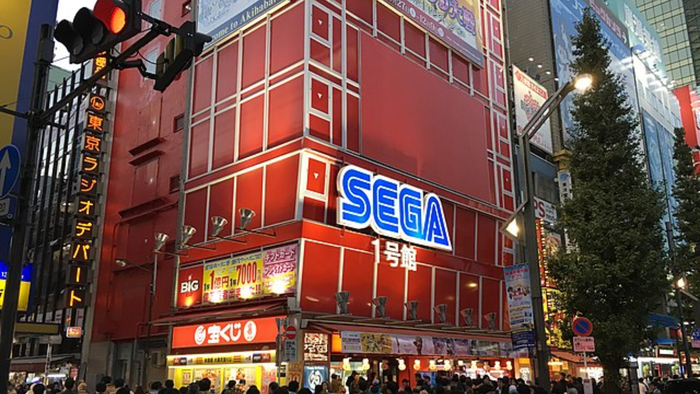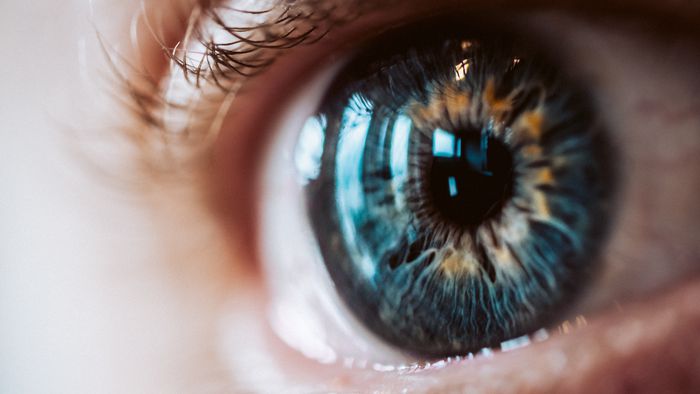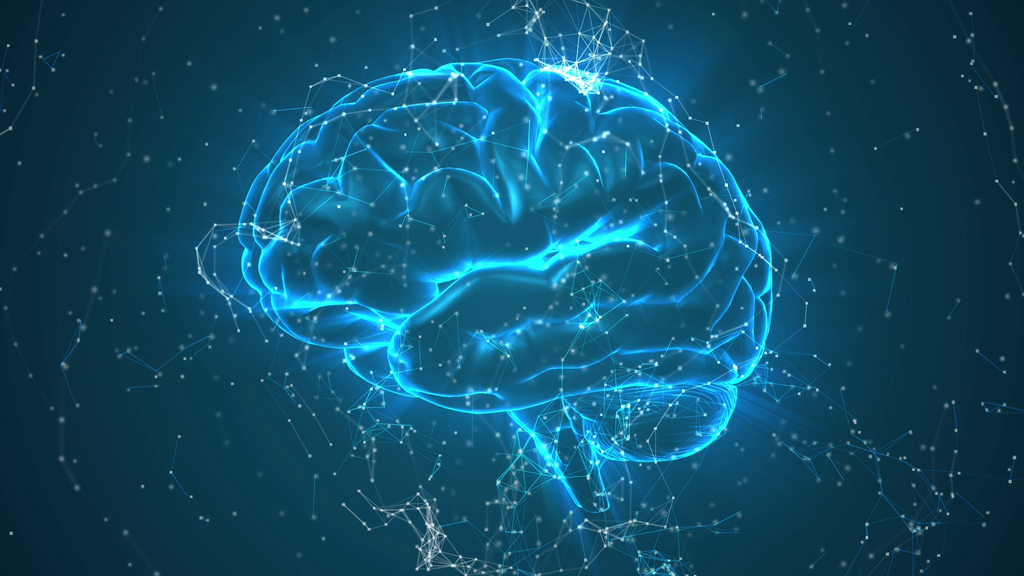SEGA leaves Japanese arcade market after 50 years

After more than 50 years in the Japanese arcade market, SEGA has announced that it will be leaving the industry soon. The publisher will sell the remaining 14.9% of shares it owns in the Sega Entertainment division, which runs arcade centers across the eastern country. The buyer will be the rental company Genda Inc.
- SEGA and Microsoft announce partnership to create games
- Sonic Frontiers will have Portuguese subtitles
Genda bought 85.1% of Sega Entertainment's shares for the first time in 2020. At the time, SEGA cited the uncertainty surrounding the pandemic as the reason it decided to sell its market share.

The impact of the pandemic also led to the closure of the famous SEGA arcade in Akihabara in September 2020. Upon completion of the sale, the Sega Entertainment division will be renamed to Genda GiGO Entertainment. All SEGA game centers across the country will be rebranded to 'GiGO'.
–
CT on Flipboard: You can now subscribe to Canaltech magazines for free on Flipboard on iOS and Android and follow all the news on your favorite news aggregator.
–
- Subscribe to Canaltech Offers and receive the best promotions on the internet directly on your cell phone!
SEGA opened the first arcade centers in the late 1960s, including Joypolis Amusement Parks and Club SEGA Arcades. Commenting on the purchase, the president of Genda GiGO, Hisashi Kataoka, stated that he "desires to quench people's thirst for real entertainment." “To express our gratitude for SEGA's 56-year history and our desire to be an oasis,” he said.
From the west, several SEGA arcade centers can be visited within the Yakuza franchise games. With a real reproduction of Japan, the games feature arcade emulations with Virtua Fighter 5 , Space Harrier and other titles.
Read the article on Canaltech.
Trending on Canaltech:
- Anvisa orders the collection of covid-19 self-tests
- With a rise in child hospitalizations, Nicolelis rejects face-to-face classes: "Absurd"
- All you see is a "montage" of the last 15 seconds
- The sky is not the limit | Asteroid nearby, Earth's core cooling and more
- NASA starts making supersonic silent plane a reality
Unica, the new Ducati customization program
Ducati Única is a motorcycle customization program exclusive to the Borgo Panigale brand. Discover the attractions of this initiative here at MOTORCYCLISM!
The post Unica, the new Ducati customization program appeared first on Motociclismo Online.
Flávia Paixão, CORREIO columnist, is selected by the Black Voices Fund on YouTube
The global initiative selected 135 content creators; 35 are Brazilian
All you see is a "montage" of the last 15 seconds

Have you ever stopped to wonder how our brain manages to process all the information collected by our eyes? According to an American study, our vision is an average of what our eyes have captured in the last 15 seconds, with greater emphasis on the recent past.
- Your brain is devouring itself right now; understand the phagocytosis effect
- Study finds what causes brain fog in long covid
Without this strategy, it would be impossible to deal with all the visual information captured by the eyes, in which there can be thousands of shapes, colors and movements. Not to mention the light fluctuations, the different points of view and the moments when we blink. Perhaps, without this trick, the brain would only see a recording made while the cell phone falls from your hand, that is, numerous blurs and without any sharpness.

Published in the journal Science Advances , the study on the delay in the processing of brain images was developed by researchers at the University of California, in the United States. The authors' conclusion is that this is an illusory stability mechanism, in which the brain smooths the entry of new elements and ensures better sharpness.
–
Follow Canaltech on Twitter and be the first to know everything that happens in the world of technology.
–
After all, how the brain works
"Instead of analyzing each visual snapshot, we perceive at a given moment an average of what we've seen over the last 15 seconds. So, by putting objects together to look more similar to each other, our brain tricks us into perceiving a stable environment. Living 'in the past ' may explain why we don't notice subtle changes that occur over time," study authors Mauro Manassi and David Whitney said in an article on The Conversation website.
According to the researchers, if the brain were updated in real time, the world would appear to be a chaotic place, full of flickering light, shadow and movement. "We would feel like we were hallucinating all the time," they detail.
Instability and visual stability
To draw a parallel, imagine a camera with the lens always at maximum zoom while you try to frame an image to take a photo. Without the help of a tripod and an optical image stabilizer, it is practically impossible to capture the image without blurring. It's something close to what happens to our vision and the processing done by the brain. The video below helps to understand better:
Understand the 15 seconds
To prove the existence of the concept of illusory stability, the researchers produced a video, in English, capable of demonstrating how the brain works. Also, it is worth watching before proceeding in the text:
To understand: in the first part of the video, two faces of the same age appear, but the right one is soon covered by a red curtain. Then the face on the left side slowly ages for 30 seconds, but it is very difficult to notice these changes. At 36 seconds, when the other face appears at the initial age, it's much simpler to understand the change.
To test the illusion, the researchers recruited 136 volunteers. These people watched different 30-second videos where a person's face aged or rejuvenated. "When asked to say the age of the face at the end of the video, participants almost consistently reported the age of the face that was presented 15 seconds earlier," the authors say.
For scientists, the experiment helps to prove that the brain does not see in real time, but that we see more complex versions of what is happening around us, with an average of 15 seconds of delay. It is this phenomenon that guarantees, for example, the stability of perception.
It may seem strange that the brain clings to the past, but not so much, as it is a reliable source of recent information and is a good predictor of the present. "Basically, we recycle information from the past, because it's more efficient, faster and less labor intensive," the authors summarize.
According to the researchers, this more time-consuming construction than we see helps us to have a better experience while watching a movie or a series. In front of the screen, "we don't notice subtle changes that occur over time, such as the difference between actors and their stunt doubles", they complete.
Read the article on Canaltech.
Trending on Canaltech:
- Anvisa orders the collection of self-tests for covid-19
- Ministry of Health predicts peak of Ômicron in February: "We must prepare"
- With a rise in child hospitalizations, Nicolelis rejects face-to-face classes: "Absurd"
- This strange object "lights up" in the sky three times an hour
- Best Galaxy S line phones in history
“Perfect Storm” DLC adds calamities for Prison Architect
On sale for R$20.69, Perfect Storm is another step in the right direction in transforming Prison Architect into a more "healthy" game.
The post DLC “Perfect Storm” adds calamities to Prison Architect first appeared on Hu3br.
Two Point Campus will be released in May for PC and consoles
PC version of Two Point Campus is now on pre-order for R$199.95. For those who want to avoid the hefty price tag, it will also be on Gamepass.
The post Two Point Campus will be released in May for PC and consoles appeared first on Hu3br.